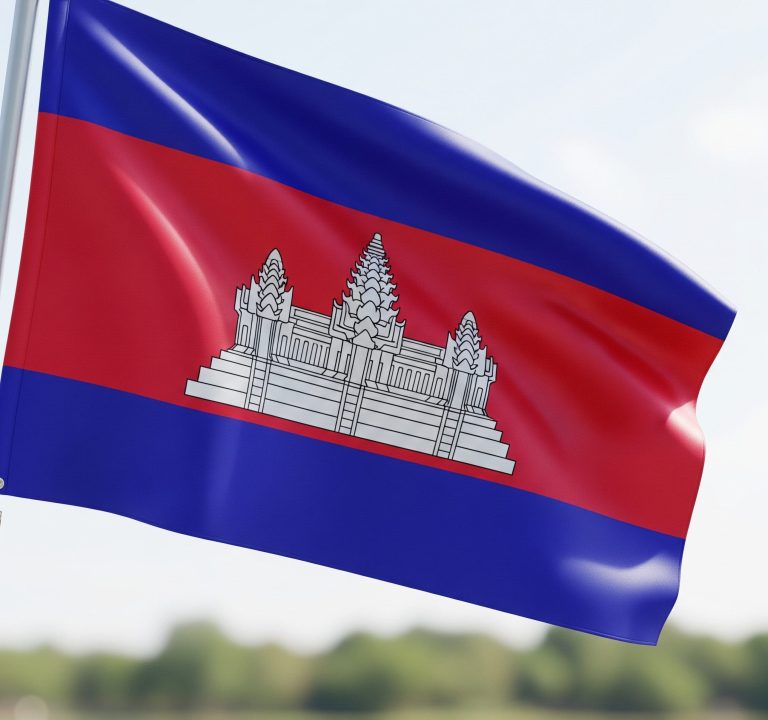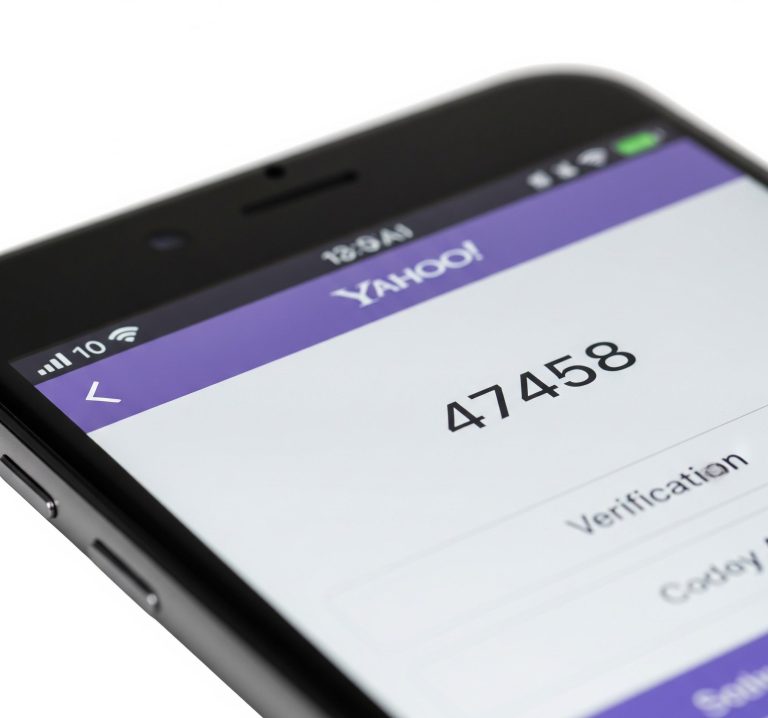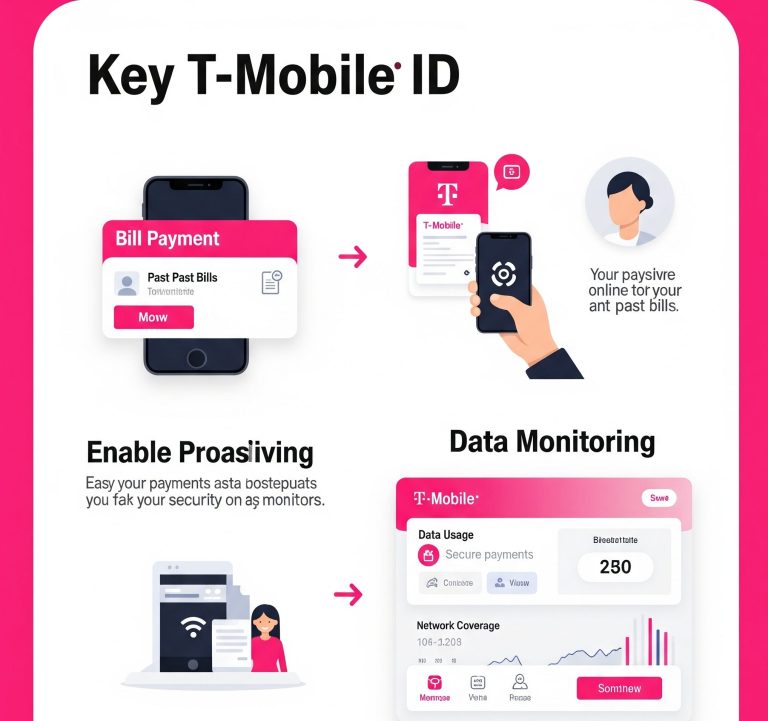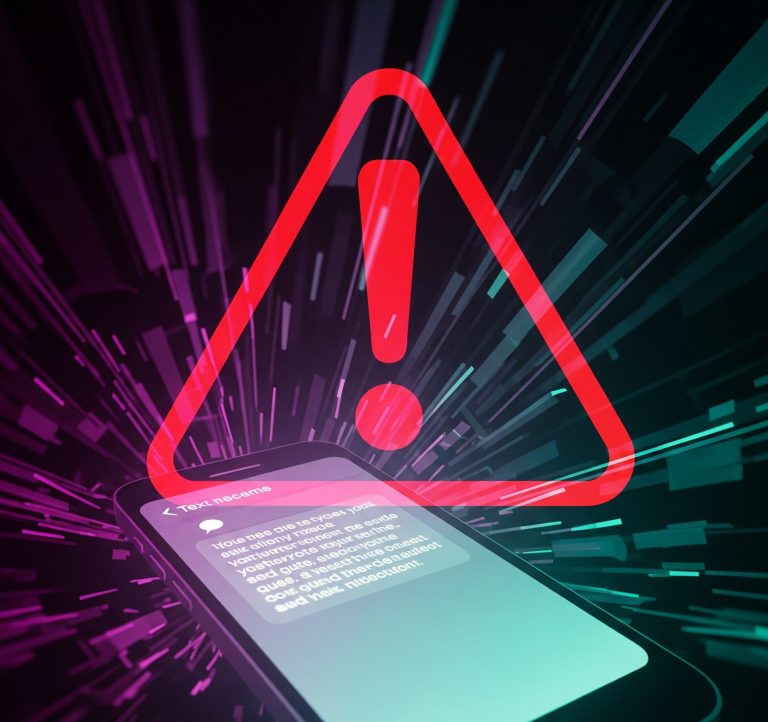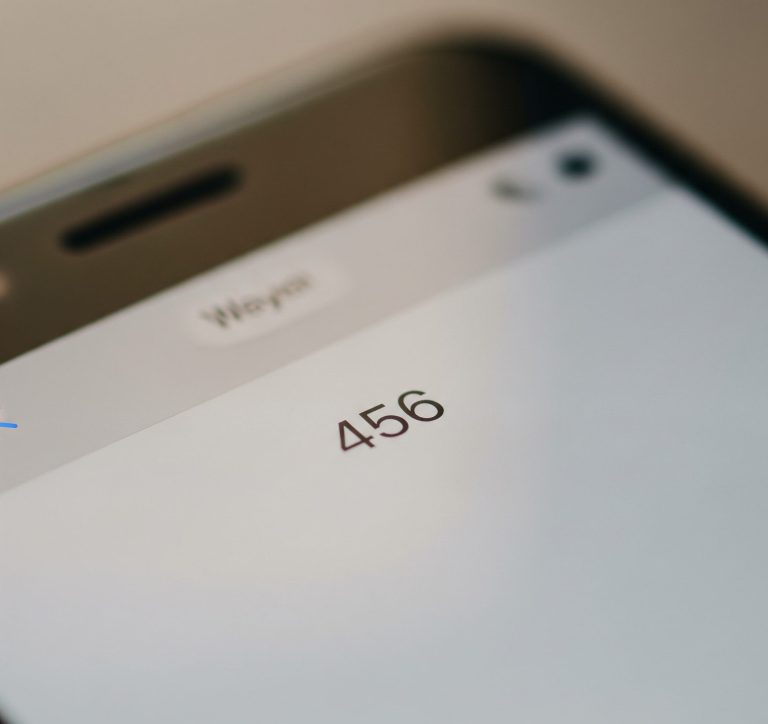In an age of constant connectivity, an unfamiliar area code on your caller ID can spark a range of emotions, from simple curiosity to outright suspicion. You might have seen a call from a number with a “131” prefix and wondered, “Where in the world is that from?” If you’re in the United States, the answer is simpler than you might think: it’s not from here. The 131 area code is not a designated area code within the North American Numbering Plan (NANP), the system that governs telephone numbers in the United States, Canada, and parts of the Caribbean.
This article will delve into the details of the 131 area code, explain where it is actually used, and most importantly, equip you with the knowledge to protect yourself from potential scams associated with calls from this and other unrecognized area codes.
Contents
Deconstructing the Area Code System in the United States
To understand why the 131 area code isn’t found on a map of the U.S., it’s helpful to have a basic grasp of how American area codes work. The NANP assigns three-digit codes to specific geographic regions. These codes, known as Numbering Plan Areas (NPAs), are the familiar prefixes we dial before a seven-digit phone number. They are a fundamental part of our telecommunications infrastructure, ensuring that calls are routed to the correct location, whether it’s a bustling metropolis or a quiet rural town.
The assignment of new area codes is a carefully managed process, overseen by the Federal Communications Commission (FCC) and administered by the North American Numbering Plan Administrator (NANPA). New codes are only introduced when an existing area code is nearing “exhaustion,” meaning most of the possible phone number combinations have been assigned.
So, Where Does the “131 Area Code” Actually Belong?
While the 131 area code won’t connect you to a city or state in America, it is in use in other parts of the world. A call from a number starting with “131” could originate from:
- Edinburgh, Scotland: In the United Kingdom, “131” serves as a local code for the historic capital city of Edinburgh. So, a call from a friend or business in Edinburgh would appear with this prefix after the country code for the UK (+44).
- China: The number “131” is also used as a mobile phone prefix in China, operated by China Unicom.
Given these international origins, a call from a 131 area code to a U.S. number is an international call. This is a critical piece of information for understanding the potential implications of answering or, more importantly, calling back such a number.

The Red Flag: Unsolicited Calls and Potential Scams
Receiving a call from an unfamiliar international number should always be a cause for caution. Scammers frequently use international and unassigned area codes to perpetrate a variety of fraudulent schemes. The appearance of a 131 area code on your caller ID could be a sign of one of the following scams:
The “One-Ring” Scam
One of the most common scams involving international numbers is the “one-ring” or “wangiri” scam. In this scenario, a scammer will call your phone and hang up after just one ring. The goal is to pique your curiosity and entice you to call the number back. If you do, you could be connected to a premium-rate number, similar to a 900 number in the U.S., which will charge you exorbitant fees for every minute you stay on the line. These charges will then appear on your next phone bill.
Robocalls and Phishing Attempts
Calls from a spoofed 131 area code could also be robocalls designed to deliver a pre-recorded message. These messages often try to create a sense of urgency or fear, claiming you have won a prize, owe money to the IRS, or that there is a problem with one of your accounts. The ultimate goal is to get you to provide personal information, such as your social security number, bank account details, or passwords. This is a classic phishing attempt, where the scammer “fishes” for your sensitive data.
The “Tech Support” Scam
Another prevalent scam involves a caller, often from a spoofed number, claiming to be from a well-known tech company like Microsoft or Apple. They will allege that your computer has been infected with a virus and that they need remote access to your device to fix it. Once they gain access, they can install malware, steal your personal information, or demand payment for their “services.”
How to Protect Yourself: A Proactive Approach
The best defense against scams involving the 131 area code and other unfamiliar numbers is a healthy dose of skepticism and a proactive approach to your phone security. Here are some practical steps you can take:
- Don’t Answer Unfamiliar Numbers: If you don’t recognize the number, especially if it has an unusual prefix like the 131 area code, it’s often best to let it go to voicemail. A legitimate caller will likely leave a message.
- Never Call Back an Unknown International Number: Resist the urge to call back a number you don’t recognize, particularly if it appears to be from another country. This is the primary way scammers profit from the one-ring scam.
- Block Suspicious Numbers: Most smartphones and service providers offer features to block unwanted or suspicious numbers. Make use of these tools to prevent repeat calls from the same scammer.
- Be Wary of Urgent Requests: Scammers often try to create a sense of panic to cloud your judgment. Be wary of any caller who demands immediate action or personal information. Legitimate organizations will not ask for sensitive data over an unsolicited phone call.
- Educate Yourself and Your Family: Share this information with friends and family members, especially those who may be more vulnerable to these types of scams. Awareness is a powerful tool in the fight against fraud.
- Report Suspicious Calls: You can report scam calls to the Federal Trade Commission (FTC) at ftc.gov/complaint and the FCC. While it may not resolve your immediate issue, it helps these agencies track and combat fraudulent activity.
conclusion
while the 131 area code may seem like just another three-digit number, its appearance on your phone is a clear signal to be on your guard. By understanding that it is not a U.S. area code and being aware of the common scams associated with such calls, you can protect your personal information and your wallet from those who seek to exploit the complexities of our interconnected world. Stay informed, stay vigilant, and don’t let a mysterious number turn you into a victim.


